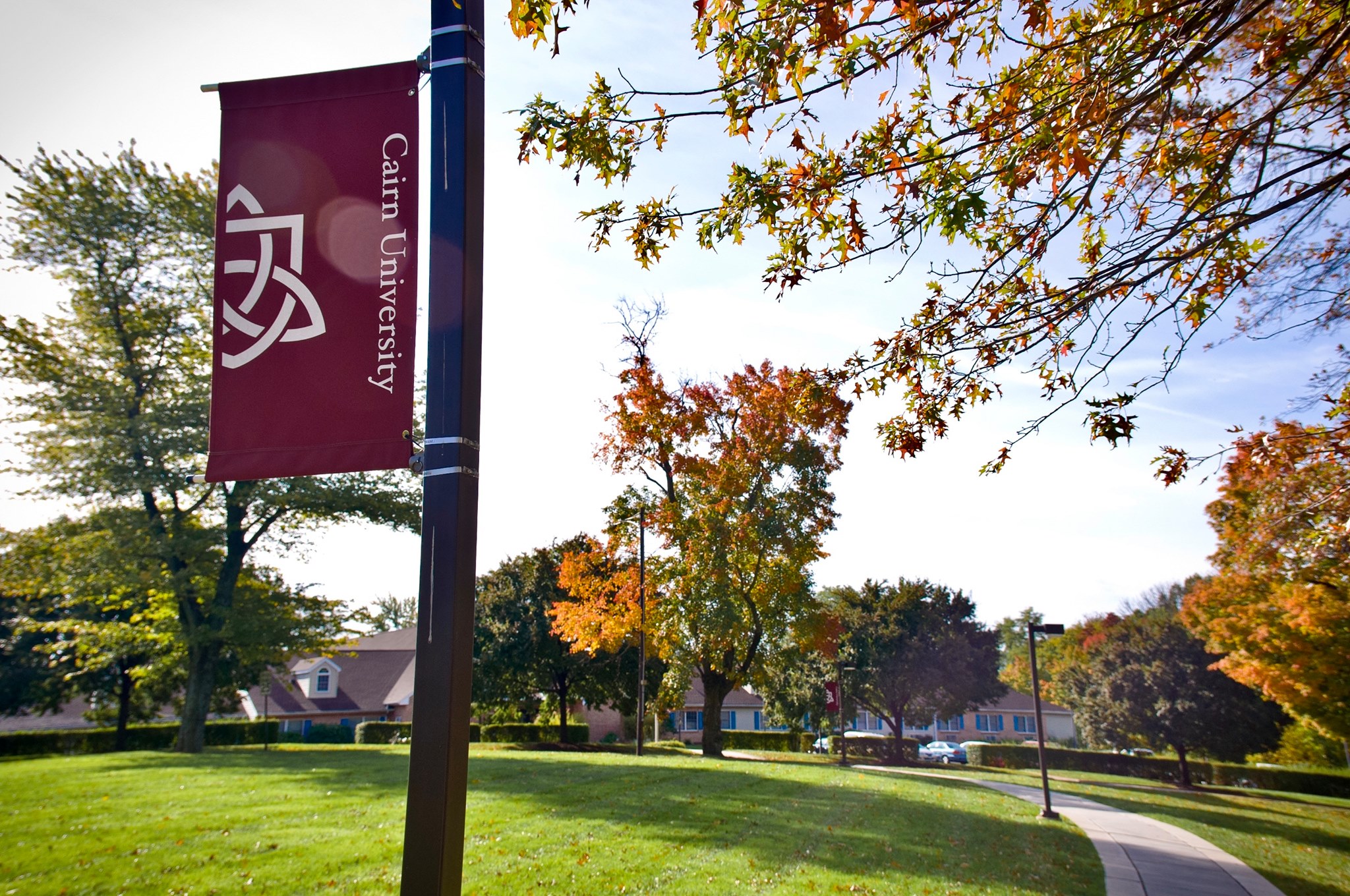When Mark Gaspar, Chair of Criminal Justice & Politics Programs at Cairn University first discovered Cerego, it was through his search for a learning tool that would improve learning outcomes by developing foundational knowledge. Armed with that knowledge, Gaspar knew that students would be better equipped to develop their understanding of key concepts in classroom discussions. And, by using an adaptive learning approach, Gaspar could feel confident that students would get the appropriate support based on their needs.
The problem: Students need to develop foundational vocabulary and concepts in order to apply them inside and outside the classroom
“Several colleagues mentioned they had heard about Cerego,” Gaspar says. “I was intrigued with it's potential for improving learning outcomes. The key determinant was realizing it is not possible for students to achieve the top of Bloom's Revised Taxonomy without foundational vocabulary and concepts understanding associated with a particular discipline.”
Gaspar knew that the key was for students to engage more meaningfully with the course material—in a more advanced manner than simply reading or re-reading—to develop their knowledge base.
“Many students have become reading skimmers and will skip words they don't recognize or don't understand,” Gaspar explains. “This phenomenon often presents in multiple choice tests where some students will pick answers based on their length or complexity, incorrectly presuming they are the correct answers.”
He continues: “Addressing these needs consumes valuable contact time in the classroom. I felt that Cerego's ability to asynchronously expand the reach of the classroom would be beneficial for learners and enable more robust use of face-to-face interactions in the classroom.”

Finding an adaptive solution that increases engagement, and drives more meaningful discussions
“Cerego allows me to develop foundational vocabulary and concepts understanding,” outlines Gaspar. “There are several fascinating outcomes.
“First, students are more comfortable during discussions as they are able to engage without fear or looking foolish. Second, student engagement, in physical classes or distance learning, shows marked improvement; we are able to advance up Bloom's Revised Taxonomy. Third, Cerego provides easy to understand metrics regarding performance and learners respond well to the frequent, favorable, incremental feedback about their improving understanding of a course subject. I believe this strongly contributes to student engagement.”
That applies whether you are in a traditional classroom setting, or a remote learning environment.
“I feel Cerego is equally suited to help engage and enable learners regardless of the education approach: Physical classroom or remote education,” says Gaspar. “On the other hand, the adaptation to remote education has presented learners with another stressor on top of increased worries about the impacts of the pandemic.
“Cerego provides them a tool that is not tethered to a particular place or time affording them flexibility. This, coupled with the easy to use graphical interface allows them to continue making progress regardless of other environmental issues. Put plainly, in a world that has become unpredictably non-linear, Cerego provides learners the ability to continue to make progress. I attribute this positive reinforcement as a contributor to keeping students stimulated, learning, and engaged.”
In fact, in one of Gaspar’s courses, 83% of learners used Cerego via mobile devices, while averaging more than 20 review sessions covering some 261 items, taking advantage of that flexibility and ensuring access and engagement even in a distance learning context.
.png?width=100&name=Cerego-Team%20(10).png)
“Put plainly, in a world that has become unpredictably non-linear, Cerego provides learners the ability to continue to make progress. I attribute this positive reinforcement as a contributor to keeping students stimulated, learning, and engaged.”
-Mark Gaspar, Chair of Criminal Justice & Politics Programs, Cairn University
The Cerego difference
Given the options for online learning tools out there, Gaspar feels that Cerego is the best fit for him because of its adaptive nature and ability to strengthen memories so effectively that they remain available even in times of high stress.
“The most important features are: Cerego builds cognitive bench-strength by providing each learner a tailored approach, which dynamically adapts to their unique learning style,” he explains. “It avoids the unhelpful and sometimes disruptive aspects of taking exams.
“The military has long understood that people under stress lose short-term memory. Cerego precludes the unhelpful tension of an exam and obviates the learning-hostile approach of cramming for exams. Instead, it is a platform that can be used to advance learning throughout a semester improving student confidence. The approach of learners cramming, taking an exam, mentally purging the information, cramming for another exam, and so on is completely avoided. The ability to adjust the learning retention period allows the teacher to design appropriate learning sets that comport with student levels (undergraduate freshmen to graduate students) and course learning outcome objectives. Students tell me they are not good test takers and that Cerego has allowed them, in their words ‘to actually learn!’”
That makes Cerego an important part of Gaspar’s approach, whether in the context of remote learning driven by a pandemic, or a traditional classroom environment.

“I am incorporating Cerego into all my courses—Politics and Criminal Justice—whether they will be held in a classroom or conducted remotely,” he says. “I have rarely seen such student enthusiasm for a teaching support tool; it has allowed them to understand more fully and delve deeper into course material. Discussions in the classroom significantly enhanced once I adopted Cerego. Moreover, student participation and engagement with distance learning tools such as VoiceThread were noticeably improved. I believe Cerego improves learning outcomes and will allow me to better prepare students for the challenges they will face post-pandemic.”
Not only that, but Gaspar feels like support is always there when needed.
“The Cerego support team is outstanding: they have provided an excellent introduction in how to use Cerego and then have addressed both my and my students’ support queries promptly and effectively,” says Gaspar.
“Students tell me they are not good test takers and that Cerego has allowed them, in their words ‘to actually learn!’”
-Mark Gaspar, Chair of Criminal Justice & Politics Programs, Cairn University
In all, the effect of using Cerego has streamlined the process of knowledge building to facilitate more productive discussions, given students an engaging tool that drives better learning outcomes, and readily adapts to a distance learning environment.
“Cerego is easy to use, with a cleanly designed graphical user interface. It has allowed me to significantly enrich and improve learning outcomes and student engagement. It has made the learning experience more robust and, in doing so, has improved learning set development and dramatically simplified grading while helping to assure achievement of course learning outcomes.”
Thanks very much to Professor Mark Gaspar for the interview! You can learn more about Cairn University via their official website. Photos courtesy of Cairn University.



